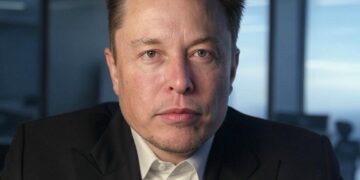That compared with a 2.5 percent year-on-year increase in GDP in the final three months of 2024.
On a quarter-to-quarter basis, the economy grew by 2 percent in the first quarter.
The 3.1 percent growth was partly driven by higher exports, which climbed 8.7 percent from a year ago, up from a 1.3 percent increase in the fourth quarter, as exporters rushed to send shipments out after US President Donald Trump announced higher tariffs.
Imports also saw strong growth, posting a 7.4 percent jump, compared with a 0.4 percent increase in the previous three months.
Exports of services rose further, while imports saw a smaller decrease.
Commenting on the latest data, Gary Ng, senior economist at Natixis Corporate and Investment Bank, struck a cautious note, saying the city’s economy may be at “a more challenging position than it looks on the surface”.
“There is the wider trade surplus as company rushed to send their orders to the US before all the tariffs are implemented,” he told RTHK. “But when you really look at the core part of the economy, which is household spending, there is a wider year-over-year decline. So I think this is why Hong Kong’s economy will likely to face continuing pressure, simply because domestic consumption is not showing any significant signs of a rebound for now.”
The government has projected a full-year GDP growth forecast of 2-3 percent.
Meanwhile, latest government figures showed the city’s retail sales fell by 3.5 percent in March year on year to HK$30.1 billion.
That’s the 13th consecutive month retail sales have dropped.
But it was a smaller decline compared with a 7.8 percent decrease in January and February.
A government spokesman said the sustained steady growth of the mainland economy and efforts by the SAR to promote tourism will boost the retail sector.
But he also cited challenges posed by uncertainty in the global economic outlook and the impact of changing consumption patterns.


















